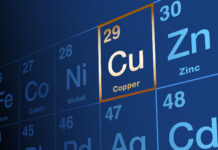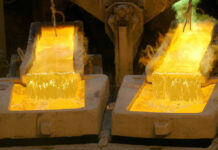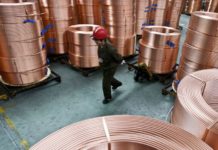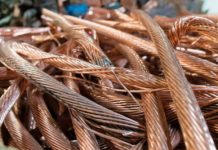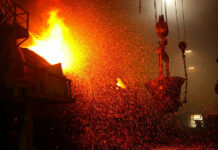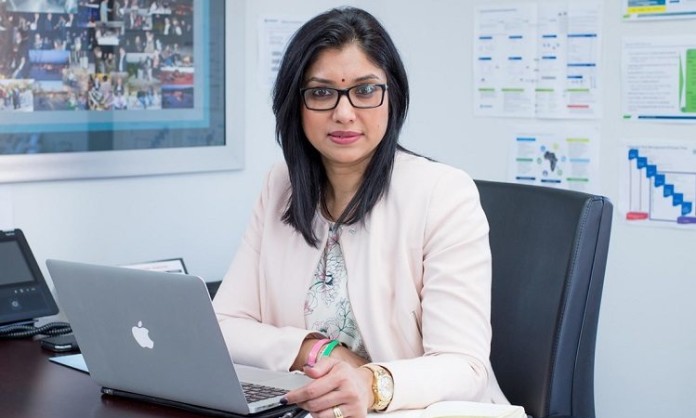
DIVERSIFIED miner Vedanta Zinc International (VZI) plans to spend around $4m over the next three years digitalising its greenfield Gamsberg zinc project making it likely the first local mining project in which such software will be introduced at a development stage.
In collaboration with GE and mining software developer MineRP, the first phase of digitalising the mine will see the introduction of a software system that will analyse data from the project in real time.
This data and information, which relates to the quality of the ore, the conditions of the concentrator and the value of the product, will be relayed to the mine management team immediately, allowing quick adjustments to be made to mining and processing activities.
“The mining industry is abandoning the older business model and is embracing new technology. The Gamsberg design and construction is intended to be at the forefront of this digitalisation,” VZI CEO Deshnee Naidoo told journalists at the announcement of the initiative on 27 November.
“It’s a first for a greenfield project in South Africa. We’re not waiting for the project to come online and then retrofit it. We’re starting the project the way we want to operate it,” she said, adding that the system should improve efficiency by between 10% and 15%.
MineRP executive VP of strategy John Megannon said it was not the software itself, but rather the development stage at which the system was being introduced, that made the digitalisation of Gamsberg unique.
“Around 90% of platinum and gold miners in the country are using the software, but its not about the system in isolation. It has never been introduced at greenfields stage. Here, it is being used to instrument the factory before the factory is even operational, whereas the system is usually retrofitted once production has already started,” he said.
Naidoo expressed confidence that the system would allow the company to be more operationally responsive to the often tempestuous commodity cycle and could, potentially, allow Vedanta to revisit projects and areas previously considered unmineable.
“Over the years, we’ve gone into areas that haven’t been safe to mine or are not economically mineable. I believe that this technology will allow us to go back into these areas and make them safer and more mineable.
“In the past, a zinc project with a 6% grade wasn’t attractive, but our digitalisation approach to Gamsberg has made it viable,” she said.
Discovered more than 40 years ago and held undeveloped in the asset portfolios of various mining companies, Gamsberg boasts a resource of 214-million tons, with an average grade of between 6% and 6.5%.
VZI, which mines zinc in India, South Africa and Namibia, plans to start production at the project in mid 2018, reaching steady-state annual production of 250,000 tonnes of zinc a year later.
Zinc was one of the biggest commodity price gainers on the London Metals Exchange in 2017, Bloomberg data shows, and Vedanta is determined to benefit from the commodity rally once Gamsberg is up and running. The metal, which is used in alloys and in the manufacture of paints, rubber, cosmetics, pharmaceuticals, plastics and electrical equipment, is currently trading at around $1.46/lb.
Confidence in the zinc market appears to be paying off for the miner, which posted EBITDA of $1.69bn for the six months ended September 30, 2017. It also posted an 80% improvement in operating income from its zinc business on the back of a 42.1% jump in the volume of zinc produced from its Indian operation.
Vedanta hopes to achieve similar success in South Africa.






